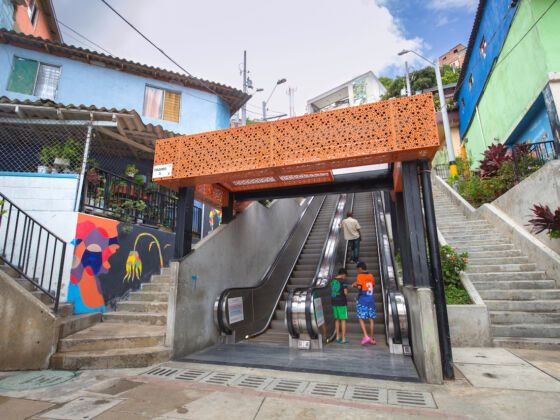1. Medellin is diminishing the borders between its communities.
Medellin is divided into 16 districts, called comunas. In the past, especially on the outskirts of the city, the borders between these Comunas were especially violent. In Medellin, you’ll notice that most buildings have balconies, which were once a perfect place to hide with a gun and shoot down anyone you didn’t recognize entering your comuna.
However these borders between communities are being converted from battlegrounds to peaceful pathways. For example, the borders surrounding El 13 de Noviembre on the east side of Medellin have been transformed from a dangerous forest into a peaceful garden, managed by the locals.
